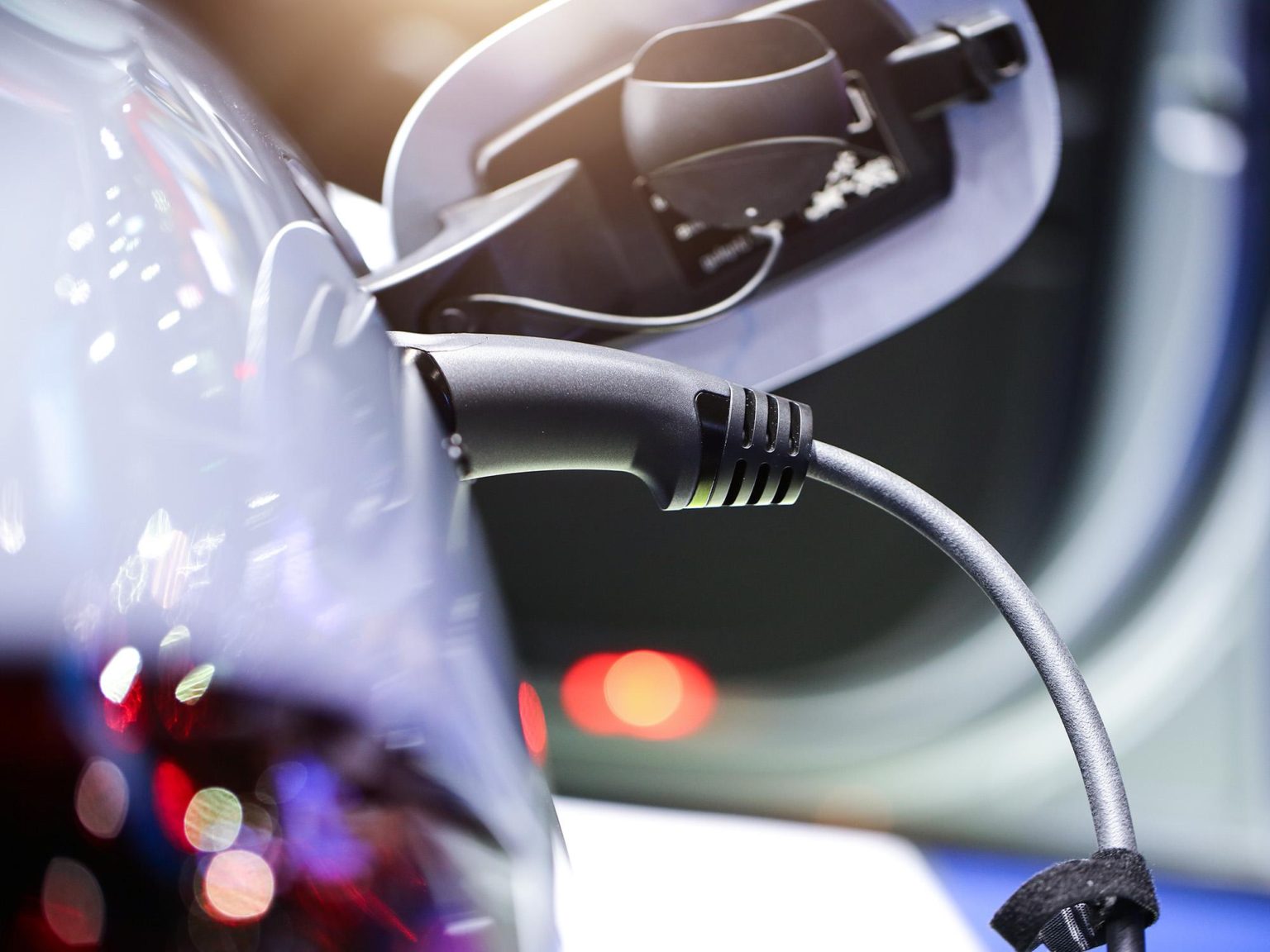Chargepoint, Electrify America, and EVgo are America’s biggest charging networks and each has varying success stories with installation. Even in 2021, none have prolific enough station spread to bridge the gap between stations to make electric vehicle owners as confident owners as owners of internal combustion engine (ICE) vehicles while on the go.
This week, six major utility companies together have announced a plan that would seamlessly connect a network of DC fast chargers to major highway systems from the Atlantic Coast through the Midwest and South, and to the Gulf of Mexico and Central Plains.
The Electric Highway Coalition is made up of American Electric Power, Dominion Energy, Duke Energy, Entergy Corporation, Southern Co., and the Tennessee Valley Authority energy companies. They will each take the necessary steps to provide EV charging solutions within their own service territories giving EV drivers the ability to venture across their territory without service interruptions.
This is an effort that some power companies have already undertaken on their own, but with limited success. Georgia Power, the largest Southern Company subsidiary, has installed fast chargers across the Atlanta metro area.
Each utility company will select its own building sites and build its own charging stations. The U.S. Department of Energy estimates that it can cost upward of $50,000 to install a single DF fast charger.
Electrify America has been on a tear, making numerous new charging station announcements over the last year. In August they announced a partnership with Love’s Travel Stops to install chargers at their locations. A month before that the company completed its second cross-country EV charger route. In February 2021 Electrify America debuted new solar charging stations in California and recently they began selling home chargers via Amazon.
In September, the Edison Electric Institute forecasted that there will be 18 million EVs on US roads in 2030. A number of automakers, including Jaguar and Volvo, have made announcements saying that their lineups are headed into fully-electric territory. Other, like GM and Land Rover, have committed to offering electric vehicles alongside ICE cars and trucks.
“Throughout the ages, travelers have had to figure out how to get from point A to B. From feeding and watering horses, to filling gas tanks, and now recharging batteries, ensuring that there are convenient places to accomplish these tasks is critical,” said Nicholas K. Akins, AEP’s chairman, president and chief executive officer. “With this effort, we are working to help drivers see that EVs fit their lifestyle and their travel plans, wherever the road might take them.”
Questions remain surrounding the strength and capability of the U.S. power grid and what impact adding millions of vehicles to the grid will have. Hurricane-prone areas of the country, like Florida, Texas, and Louisiana are often without power for weeks during the worst weather, meaning that residents of those areas would not be able to move around town due to lack of charging capability. Similarly, ice and snow storms can have devastating effects on power, as can long, hot summers and cold winters.
New to electric charging? Nissan has an etiquette guide that might help.








